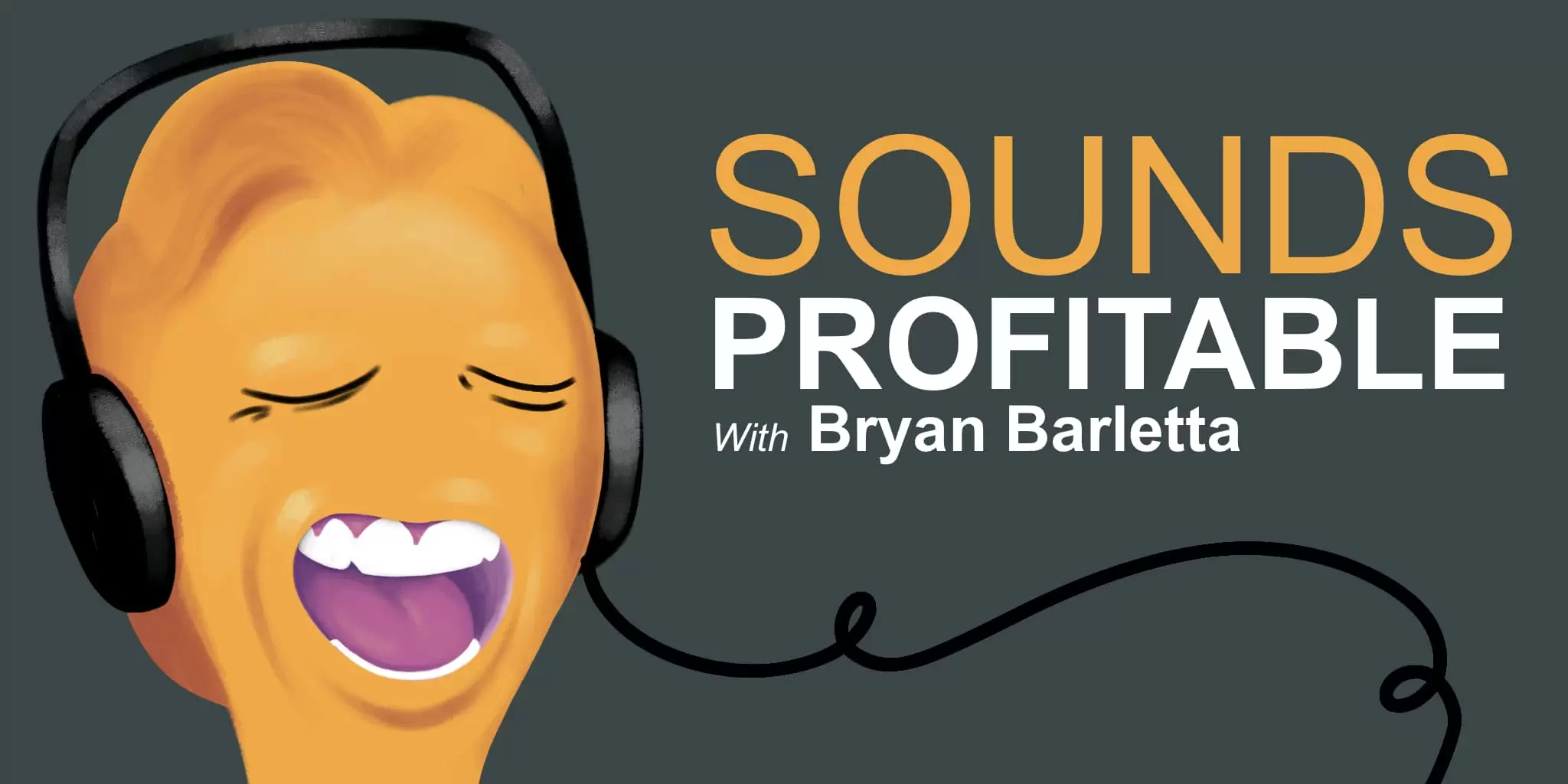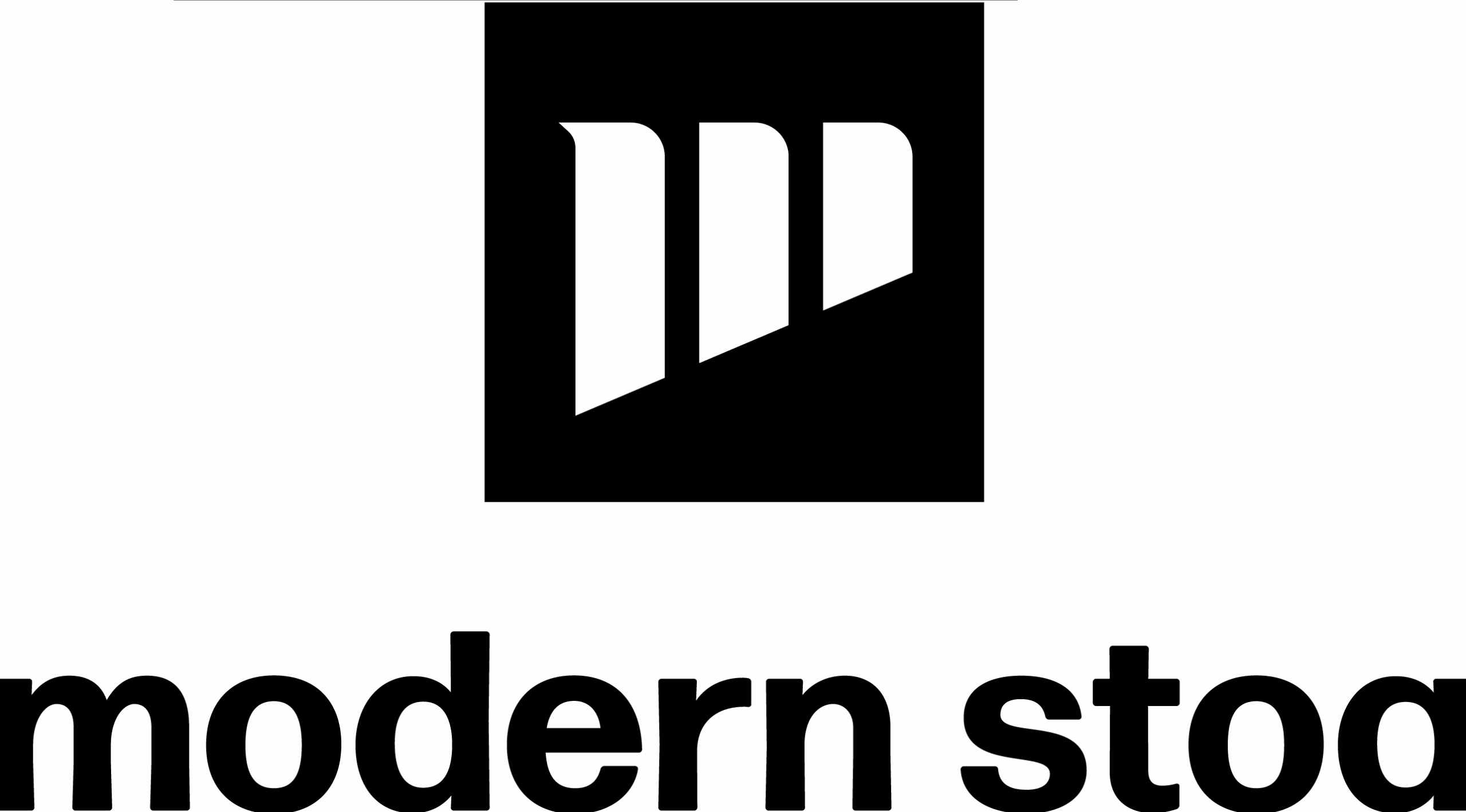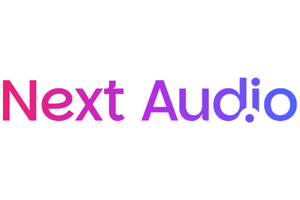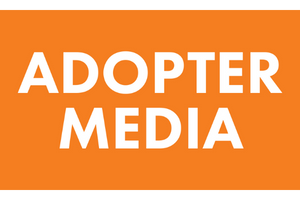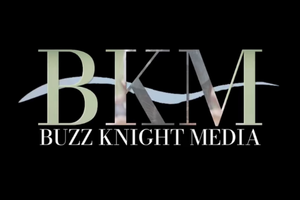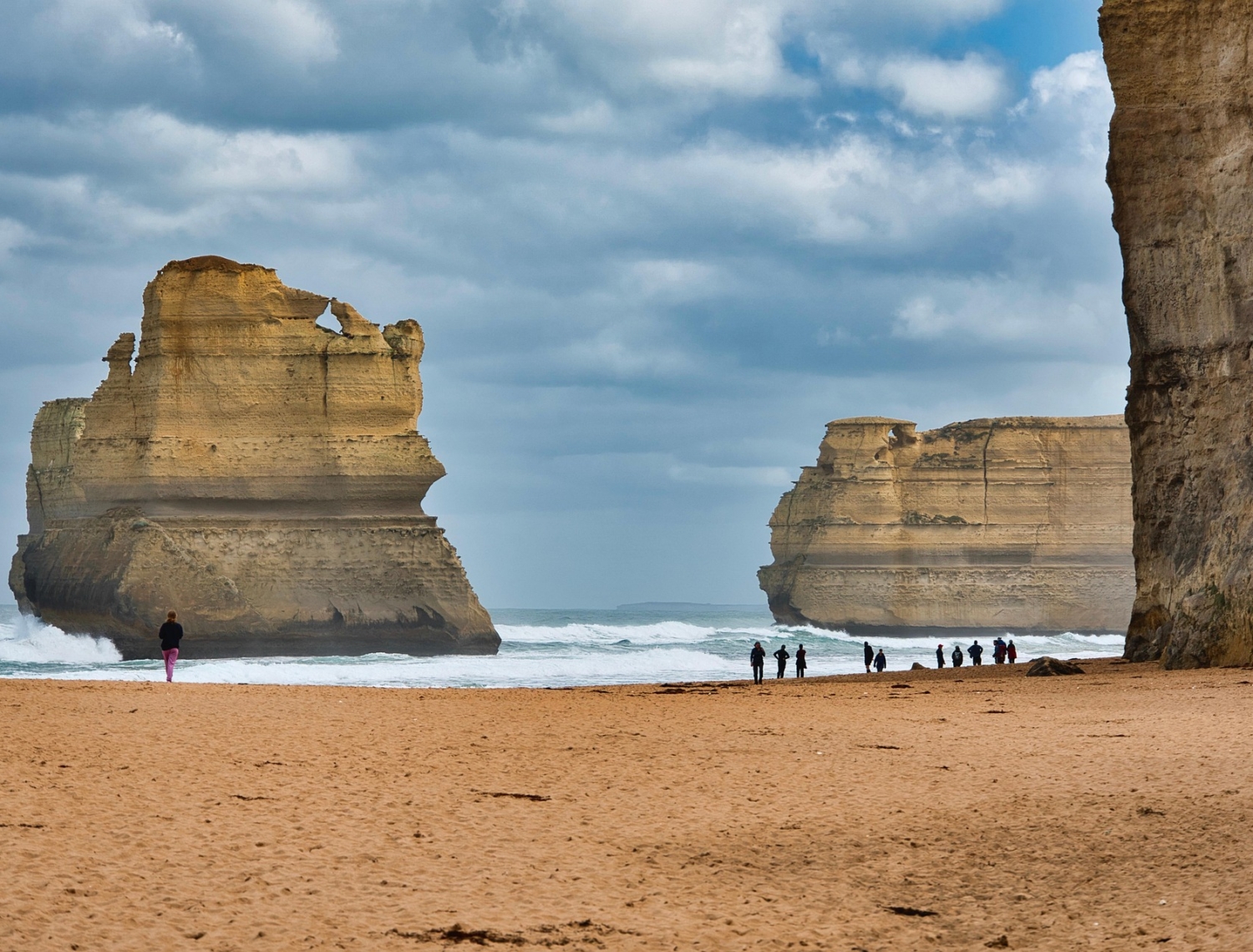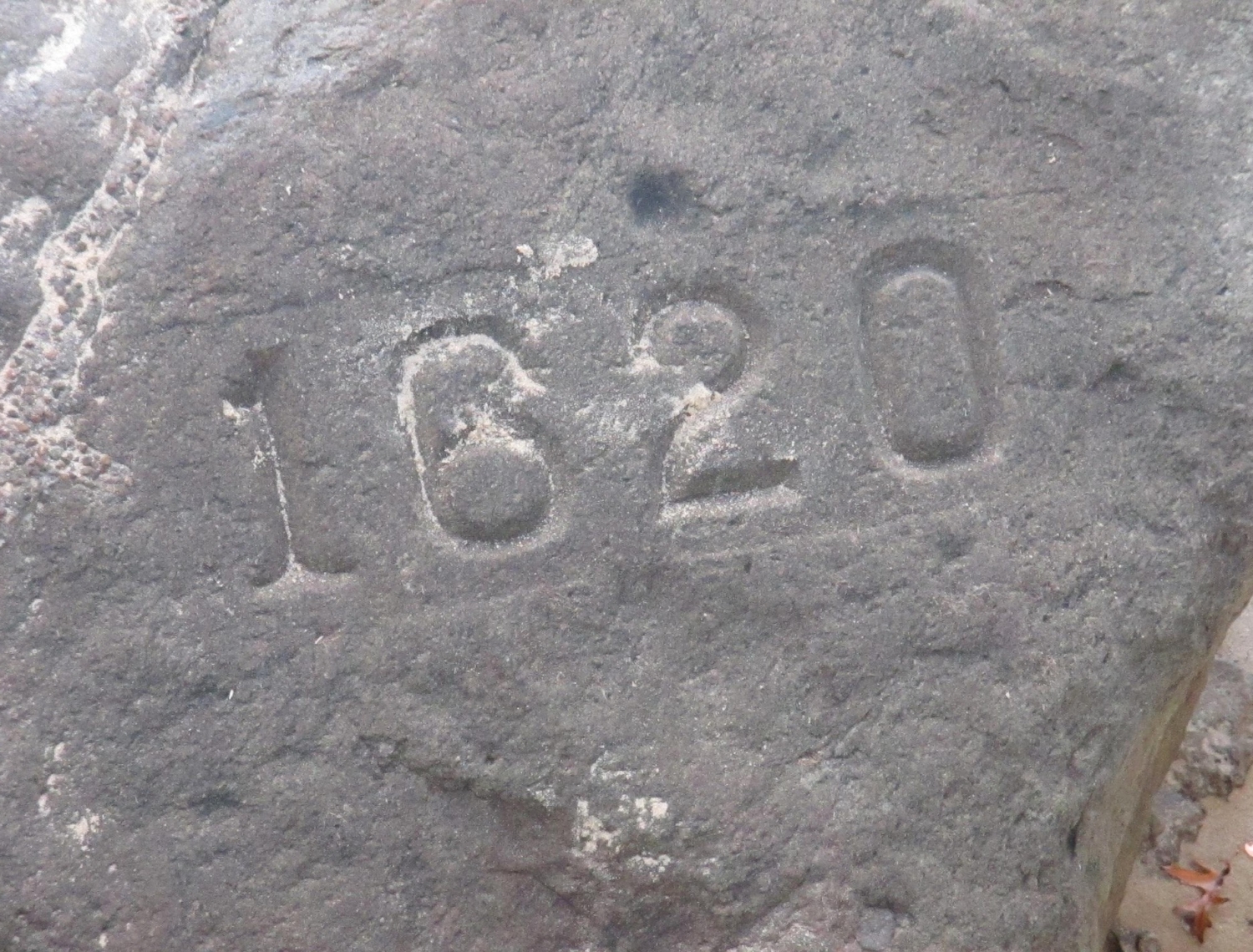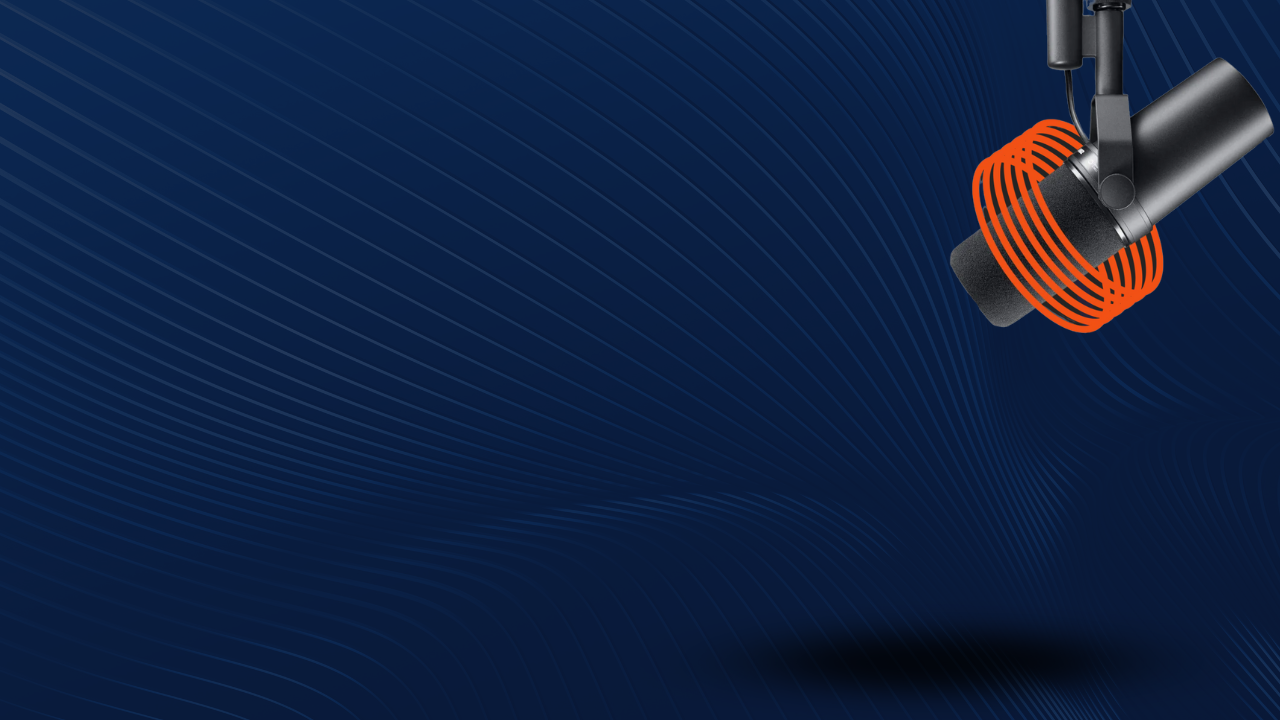Heather Osgood of True Native Media joins me to discuss why every podcaster needs to buy into dynamic ad insertion. You can find it completely free on my Premium Feed, along with a narrated version of today’s article posted on Wednesday. And don’t forget to check out Up Next, a Podcast Format Up Front!
Introduction
A few weeks back, Apple and Spotify publicly announced their podcast subscription service that will be rolling out this month. If you missed the announcement or need a primer, I really enjoyed the thread from Alban Brooke, Head of Marketing at Buzzsprout, covering Apple subscriptions and James Cridland of Podnews covering Spotify subscriptions.
Podcasting is now twenty years old and in those two decades, we’ve been asking big companies like these to take the industry more seriously. Apple’s (very late) response to that request seems to be treating podcasting like the app store, which makes sense when you compare it to iTunes or Apple Books where they are in full control of the format. So while we’ve experienced 13 years of incremental improvements on that model, not everyone likes it. Especially not Spotify.
But Spotify’s approach to podcast subscriptions feels foreign in comparison to how they currently pay creators on the music side of their platform. And truthfully, it presents a bit like they wanted another example to throw onto their ongoing court case against Apple. Instead of the purchase of a podcast taking place in the app itself, they open your default web browser and return you back into the app after you’ve paid. This allows them to skip the 30% cut Apple takes for all digital purchases. They’re also not charging the podcaster for the service. It’s not a bad thing, it’s just unfortunately hard not to feel like a child of parents getting a divorce.
And while ultimately I think both of these big players (finally) offering a viable and (mostly) built-in monetization path directly on their apps are good moves for the industry, there are a lot of little details I want you to understand before you take the plunge and start building subscription offerings in these platforms.
It’s All About The Button
Friction is everyone’s favorite topic when it comes to how successful purchasing podcast subscriptions will be. The key that both of these partners are offering to you is the ability to put a purchase button directly into your podcast listing in their app.
And it’s great news that neither player is demanding exclusivity. You absolutely can and should sell your subscriptions hosted through other partners like Supercast, Glow, and SupportingCast. But none of those options are going to put a purchase button in front of listeners in their listening app. The value of that purchase button is subjective based on how big your podcast is and your current relationship with your audience, but I’m comfortable saying that this is the primary reason I suggest all publishers consider this method. Because ultimately, there won’t be any other way to get that button on Apple Podcasts or Spotify.
One thing I want to correct is the misconception that paying through Spotify will be harder than Apple Podcasts.
Visually, yeah, Apple has a clear advantage with keeping it attractive inside their app. One-click purchasing is always going to be valuable. But it’s also limiting. You’re going to be paying with Apple Wallet in Apple Podcasts. You don’t have any other choice but to pay with Apple Wallet.
So in this light, is Spotify’s web-only payment really all that limiting? Spotify’s implementation can offer other payment options through the web just like they do for their core subscription (such as Paypal). And also make paid podcast subscriptions available to Android users as well. If Apple Podcasts ever releases on Android, it will have the same outside of app payment flow as Spotify, or Apple will be forking over a cut to Google the same way Spotify would fork over a cut to Apple.
If Spotify is building a walled garden, then Apple is building a glass terrarium, where the only vegetation inside is apples. You need Applebucks to pay for Appleproducts in the Applezone. Some people are far more comfortable in the Applezone and that’s ok!
Hold on to the value of the purchase button, because as of today, this is the most powerful positive reason for you to check out these two subscription services.
Analytic Integrity
Apple Podcasts is not a podcasting hosting platform. Yet…
All of the subscription content you make available through their app needs to be uploaded directly to Apple through their portal. And because Apple Podcasts is not a podcast hosting provider, the numbers they provide are not IAB certified. If you’re a mid to upper-tier publisher, those numbers are critical to you to help demonstrate your reach to advertisers.
And also because they’re not a hosting platform,they also don’t support third-party analytics pixels like Chartable or Podtrac to measure your reach or any form of CDN data export that could be ingested by Triton for their measurement tool. At best, you can say “Here are my IAB download numbers, and here are my subscription numbers from Apple”, which fragments our ability as an industry to hold to standards.
Spotify does require all of your subscription content to be loaded up through Anchor, which is a real hosting platform that is IAB certified. And while Spotify would like for you to host your free and paid content fully through Anchor, you don’t have to migrate off of your primary hosting. Instead, you can do what NPR is with Planet Money (ad supported, hosted with AdsWizz) and Planet Money Plus (ad free subscription, hosted with Anchor). Most of you reading this won’t find Anchor’s offering the right fit for you to migrate your entire show to. But if it was Megaphone, also owned by Spotify, that would be a really hard argument to make not to migrate over.
This leaves you still blending your primary feed and your subscription feed IAB-certified download numbers from two separate sources. But they at least both adhere to the same methodology. Unfortunately, Anchor doesn’t allow any third-party analytics or data exports, so Chartable, Podtrac, and Triton are still benched.
So even if you decide that your subscription content is simply ad-free versions of your existing show, you lose the ability to show those subscription downloads on any ranking services or accurately present to the entire industry the size of your show without manual effort.
But I don’t think your subscription feeds should just be ad-free.
Advertising in Subscription Content
I’m very, very much a believer that subscription content shouldn’t just be ad-free. It’s a great option, but not the only one.
Publishers should absolutely explore providing more episodes overall to their subscribers, either with full ads or trying out new styles. Hulu used to let you watch one long ad at the start of a show instead of multiple ads during the episode, and that could work great here.
“This episode of Sounds Profitable is brought to you ad-free by Podnews! Stay up to date with the latest in podcast industry news at Podnews․net!”
…and then right back into the content. Both sides look great and that’s now a premium ad unit.
Remembering that Apple is again not a hosting platform, they’re also not an ad server. So your only option is to bake your premium ads into the episode and hope the advertiser is willing to trust Apple numbers combined with your IAB verified numbers for downloaded impressions. I get the feeling that it won’t be the hardest sell to them, but that doesn’t mean it doesn’t suck that one of the biggest companies in this space chose to just fracture how we do business instead of coming to the table.
Spotify’s choice to use Anchor wins out here since Anchor offers dynamic ad insertion, but that’s about all the praise I can offer there.
If you’ve ever run a single campaign across multiple shows, you know how important it is to shut things off once impression goals are met. Handling that solely within one platform is easy; the platform does it for you. If you need to do it between multiple platforms, that’s where VAST comes into play, unifying the entire campaign into one central location. But with Spotify, it’s two unique silos, doubling the work of your ad ops team who probably already deserve a raise. And you really should hire that person you’ve promised your ad ops team you would months back.
So, while you can report on IAB downloads with Anchor, you can’t report on downloaded ad impressions, or use attribution tracking from Claritas, Podsights, or LeadsRx. Nor can you serve ads through VAST. Which also means no ability to accept programmatic, leaving revenue on the table.
Polar Opposites
I want to reiterate that I am very happy that these two large and important companies are actually taking podcasting seriously.
I also want to say that their lack of desire to collaborate with how the space has chosen to work is not ok. I’m going to give points to how Spotify chose to go about this, with an actual certified hosting platform, while still rubbing my head on why they didn’t make this also available through Megaphone as well (or instead).
But Apple’s choice to not become an actual hosting platform, not to use an existing hosting platform, not to get IAB certified, and not to offer ad serving capabilities sucks out loud. We need you to do better, Apple.
Fragmentation of buying is one of the main reasons we’re only projected to hit $2bn in US ad spend in podcasting by 2023. Even if you don’t want to serve ads in your subscription content, your total download reach is now fragmented across multiple portals. That’s not ok!
Buyers in other channels are very used to using one central platform to purchase everything for a campaign, from host read to programmatic. Every time a different partner asks someone to log in uniquely to their platform to purchase something, it fragments their interest and their attention. That’s also not OK for podcasting.
Saying “Hey, you’ve spent a million dollars with me, do you want to make it 2 million, because I have the reach to do so,” is a far easier sell than saying, “Hey, you spent a million dollars with Company A, do you want to spend a million dollars with me and my portal at company B?”
They have to start from scratch. So while that doesn’t directly hurt the brands, it touches on the pain points that we, as publishers, see.
Do (Not) Press the Button
I think you should try these services.
This claim has some caveats. If your download numbers matter most of all to you, and you’re not comfortable stepping up to advertisers with a mess of aggregated statistics, then this isn’t for you. Hold out. Spotify is most certainly working towards their OAP solution, which will allow you to use your regular hosting platform and either their subscription service offering or a third party company. You lose the purchase button inside the Spotify app, but as of today you can’t access any private feeds in Spotify, so just opening up this offering is worthwhile.
For some publishers, I think the buy button is going to lead to a possible gold rush. Think back to the first days of the App Store. People bought everything because it was new and they could. The audio drama podcasts, the long form podcasting shows, or even shows where advertising really hasn’t worked out for you, may really benefit from having a single click purchase model. And a removal of ads for the people who are paying may work exceedingly well for your audience. This is possibly the best time to test it out, right at launch.
But if you’re going to try this, you need to buy in to subscriptions completely. You should have your own solution that you push people towards, especially if you offer more than just podcast content. Don’t half ass this. Carve out the time to let someone at your company become an expert at this and lead it for your team.
For those of you given that opportunity to become the expert at your company, I’m here to help. Email me any time.
Homework – with Yappa
Subscriptions are going to become a big part of podcasting, simply because Apple and Spotify said so. If you have any questions about subscriptions, click that Yappa image below and leave me your question and I’ll get right back to it. I absolutely want to help everyone in this space improve as much as possible, and we do that by learning together.
Market Insights – with ThoughtLeaders
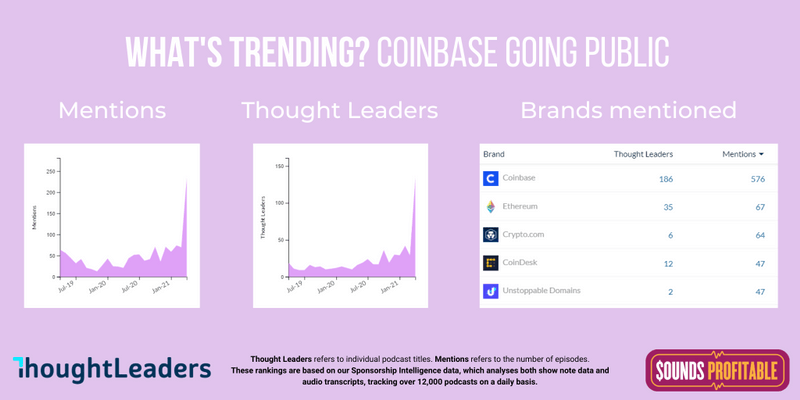
Coinbase went public and just about every company you’d think would be on that list, outside of Elon Musk, is on there. There’s even a blockchain domain name service on there. I’m curious to hear if your mainstream podcasts have increased conversation and advertising around cryptocurrency in the last few months. Leave me know!
Things to Think About
I highly recommend all my subscribers also subscribe to Podnews. Last week, James Cridland really outdid himself with coverage of the space.
- Stitcher and Pandora sales teams combine to become SXM Media while Lemonada Media takes their sales efforts completely in-house
- We were showered in reports last week:
- iHeart is making a lot of moves really fast! From being able to target people “[…]within a premium podcast environment” to their CPG partnership with Catalina, I’m impressed with how quickly they seem to be coordinating all of the pieces of their now very large ship.

